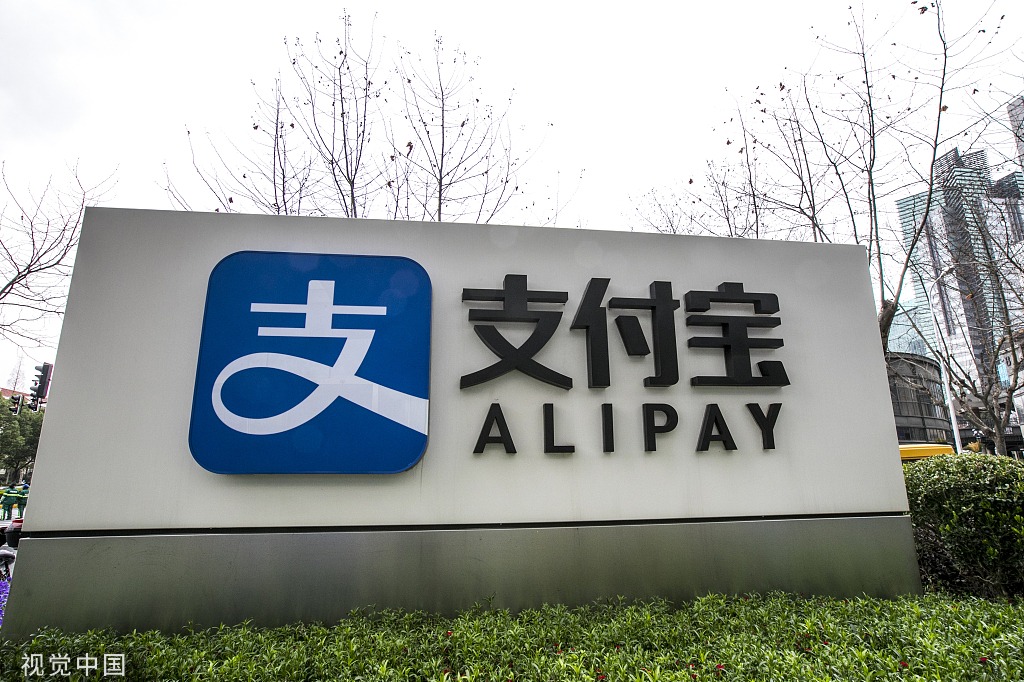Smart growth


Development of new infrastructure should keep pace with the boom in digital economic activities
Traditional infrastructure refers to material facilities that provide public services for social and economic activities as well as people's daily lives. It is the foundation of all sectors of a national economy. Although new infrastructure also includes some material facilities, such as 5G networks and data centers, it comes more often in virtual forms such as apps and has the characteristics of being digital, internet-based and intelligent. It is a far cry from traditional infrastructure such as railways, roads and airports.
However, traditional infrastructure and new infrastructure both play a basic role in facilitating social-economic development, so they have a common ground in theory and cannot be separated. Nobel Prize winner Paul Samuelson first distinguished public goods from private goods, saying in 1954 that public goods would certainly result in a lack of private investment, thus government intervention was needed. Therefore, traditional infrastructure and new infrastructure alike can deliver optimal benefits only by relying on the synergy between governments and market forces.
As the notion of new infrastructure did not come under the spotlight until the later stage of China's domestic fight against the pandemic, some regard it as a part of the emergency response to the outbreak to stimulate economic recovery. But that is a short-sighted view. In fact, in China, the notion of new infrastructure was first proposed at the Central Economic Work Conference in 2018. The pandemic has impeded the development of new infrastructure, but digital technologies such as big data, artificial intelligence and cloud computing have demonstrated their value in the pandemic prevention and control work as well as bolstering the resilience of economic development, while internet services such as online education and telecommuting require upgraded new infrastructure. As a result, the importance of new infrastructure was emphasized at a meeting of the Standing Committee of the Political Bureau of Communist Party of China Central Committee held on March 4.
Discussing whether new infrastructure will shore up an economic rebound in the post-pandemic era underestimates its strategic value. So how should we regard the value of new infrastructure from a mid-to-long-term and strategic perspective? To answer this question, we should look at the issue together with the Digital China strategy.
The new wave of technological and industrial revolution featuring digital technologies such as the internet, big data and AI offer China a once-in-a-century opportunity. President Xi Jinping proposed to advance the building of "Digital China" at the second World Internet Conference in December 2015, laying out the top-level design and overall planning for China's information construction, which is of great strategic significance for pushing forward China's transition to a digital society and economy and increasing its digital competitiveness.
To develop new infrastructure under the framework of Digital China, the priority is to define the relationship between the government and market, and the public and private sectors. In advancing the construction of new infrastructure, how to balance government regulations and market competition will test the policymaking and implementation capacities of Chinese government. Which parts of the new infrastructure should be driven primarily by market forces? Which by the government? Which parts need the combined strengths of multiple participators? Under what kind of coordination mechanism? All these questions require a theoretical explanation.
As for new infrastructure, attention should be paid to keep its pace of development and investment direction in line with the digital economic activities based on it, and it should be quickly adapted to the fast upgrading of the digital economy, which requires market forces and the private economy to play a dominant role. In participating in the construction of new infrastructure, private enterprises will be treated equally with State-owned player.
Second, the complex relationship between new infrastructure and the digital economy and industrial internet should be clarified. On March 27, a meeting of the Political Bureau of the CPC Central Committee stressed the need to unleash the potential of the domestic market, and keep the growth momentum of online consumption. Online consumption is a key part of the digital economy. The digital economy is the market basis for new infrastructure. The industrial internet is the advanced stage of the digital economy and is the pioneer in new infrastructure. New infrastructure is the foundation that supports the sustainable development of the digital economy and the industrial internet.
Last, we should build a digital ecosystem of new infrastructure based on platforms. New infrastructure must be built to foster a prosperous "digital ecological community", which will in turn allow new infrastructure to fully play its role. In new areas such as AI, 5G, data centers, the industrial internet, the internet of things and cloud computing, platforms should be built to foster an application ecosystem that integrates demand, research, and capital, and combines different production-oriented services such as finance, logistics, and trade, as well as social networks.
The author is chief economic advisor at Tencent Research Institute. The author contributed this article to China Watch, a think tank powered by China Daily. The views do not necessarily reflect those of China Daily.


































